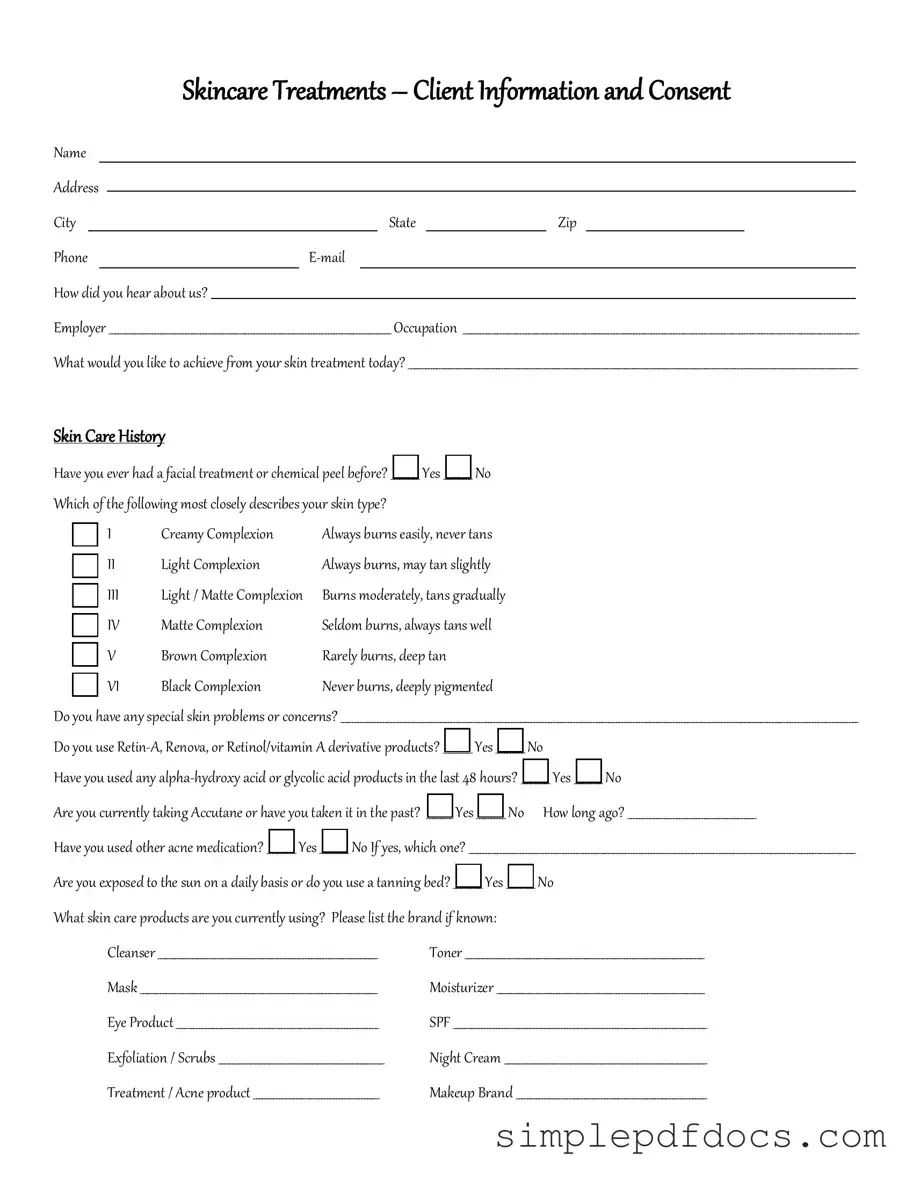In the realm of skincare and aesthetic treatments, the Facial Consent form plays a crucial role in ensuring both the safety and satisfaction of clients. This document serves as a formal agreement between the practitioner and the client, outlining the specifics of the facial treatment to be performed. It addresses important aspects such as potential risks, expected outcomes, and aftercare instructions. By signing this form, clients acknowledge their understanding of the procedures involved and confirm that they have disclosed any relevant medical history or allergies. Additionally, the form often includes a section for clients to provide consent for the use of photographs for promotional purposes, thereby enhancing transparency in the treatment process. Overall, the Facial Consent form is designed to protect both the client and the practitioner, fostering a trusting relationship built on clear communication and informed decision-making.
